19990301-peress-mw02-collection-001
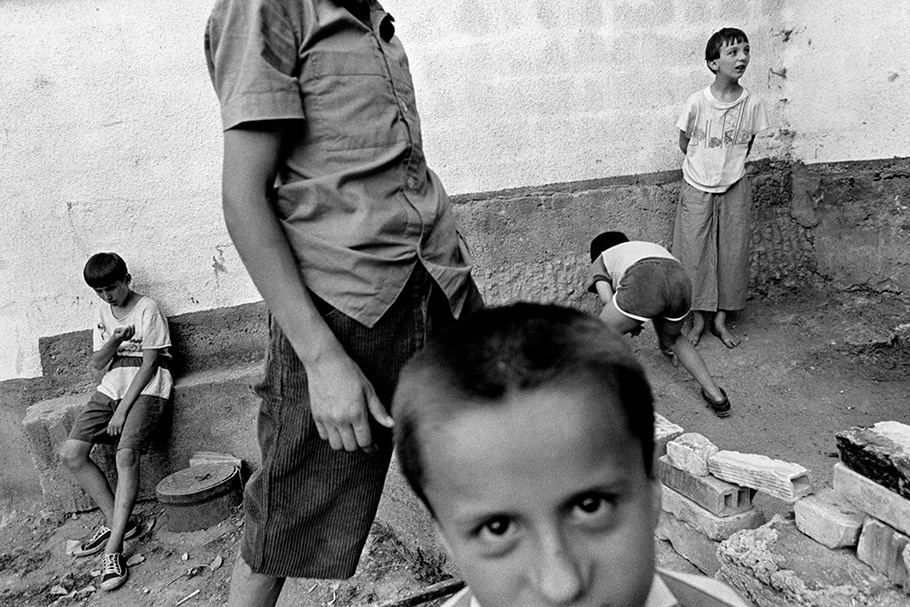
Orphans. Sarajevo. 1993.
19990301-peress-mw02-collection-002
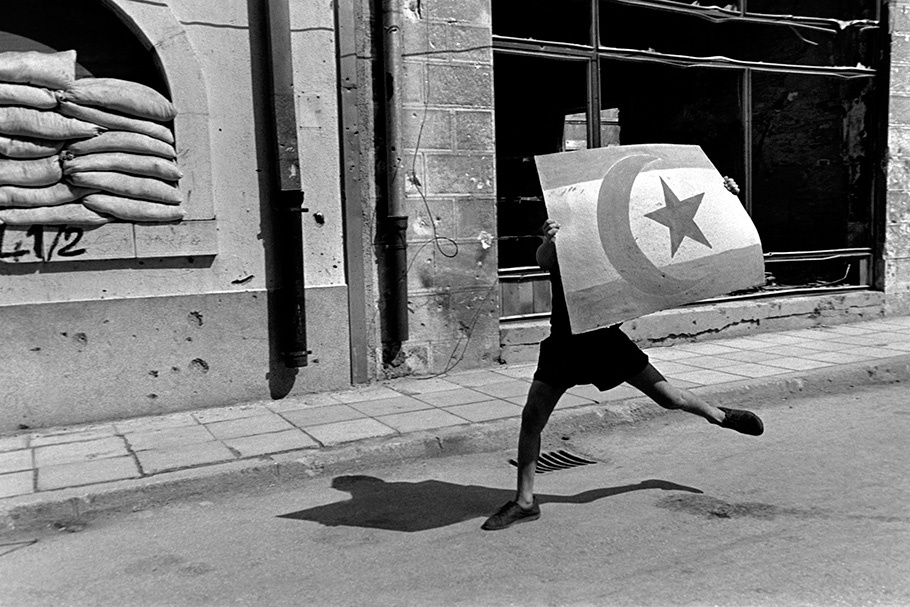
Sniper fire on Marsala Tita. Mostar. 1993.
19990301-peress-mw02-collection-003
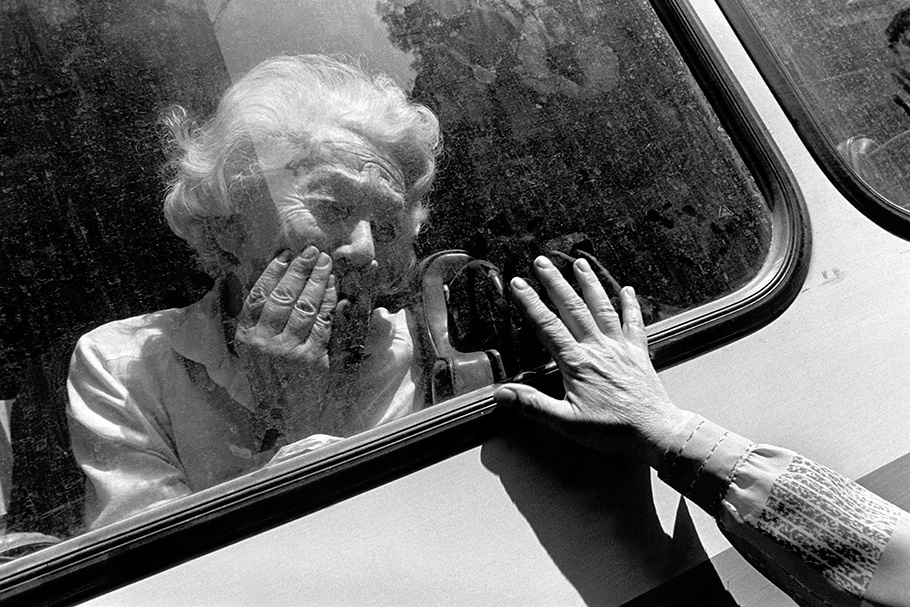
Evacuation of the Jews in Skanderia, Sarajevo. 1993.
19990301-peress-mw02-collection-004
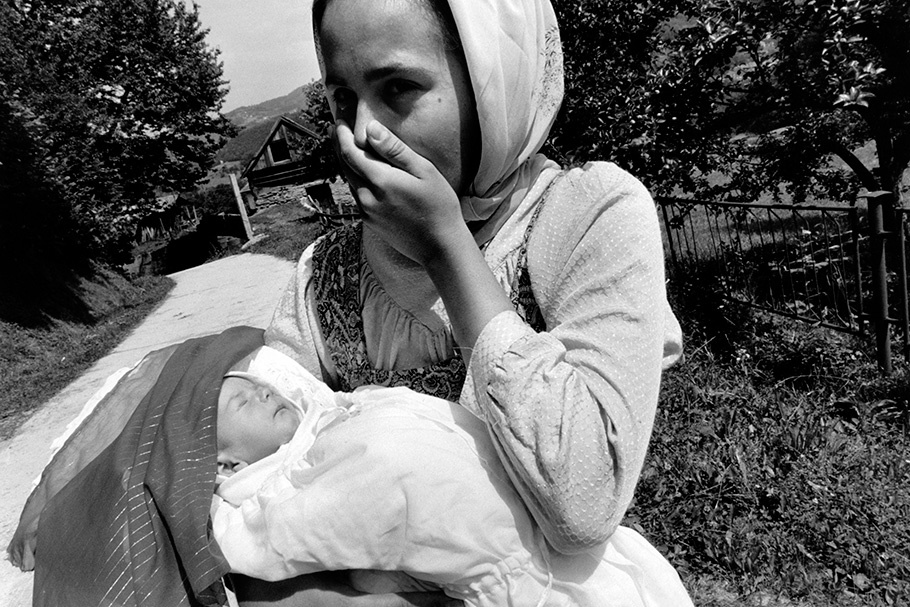
A hostage near Bosovaca.1993.
19990301-peress-mw02-collection-005
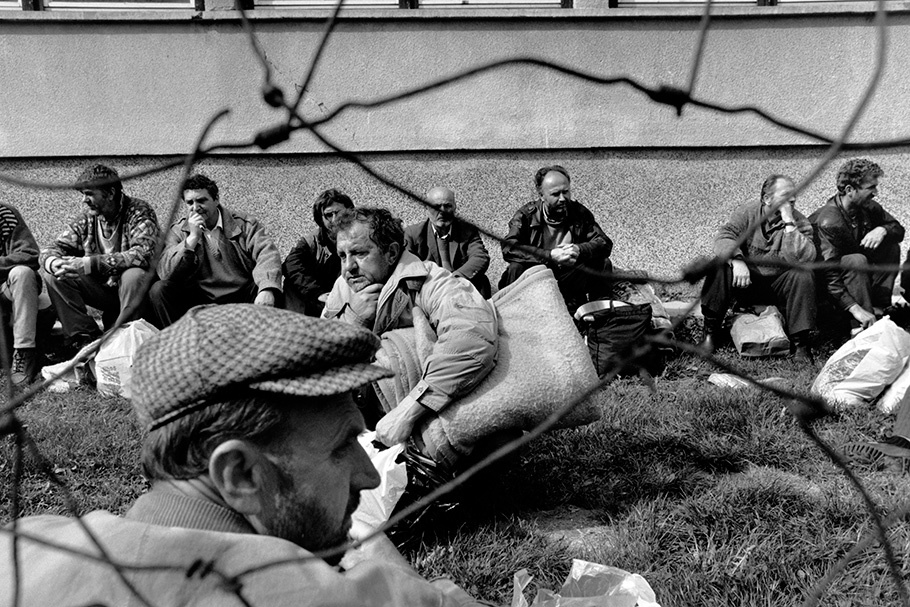
Prisoners near Vitez. 1993.
19990301-peress-mw02-collection-006
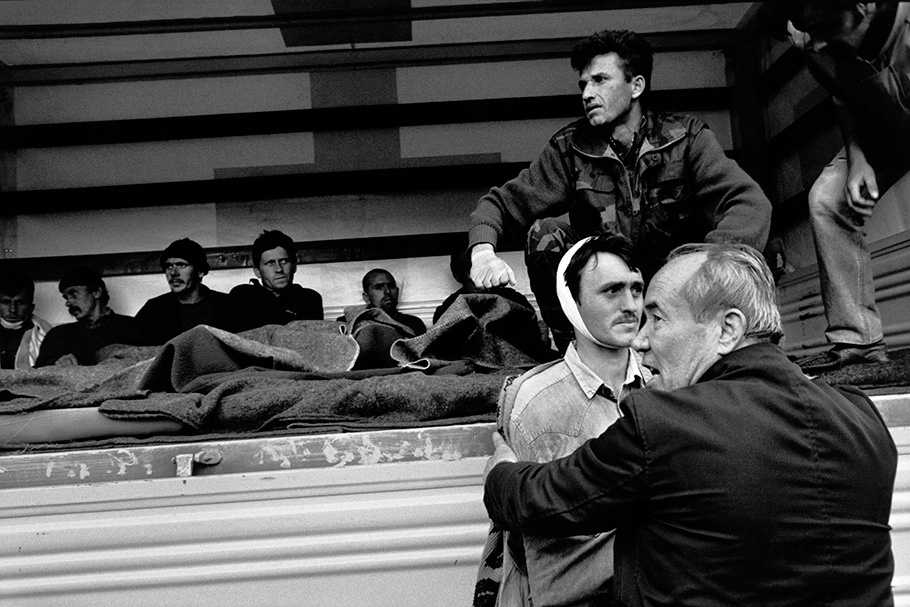
Evacuation of the wounded from Srebrenica at Tuzla Airport. 1993.
19990301-peress-mw02-collection-007
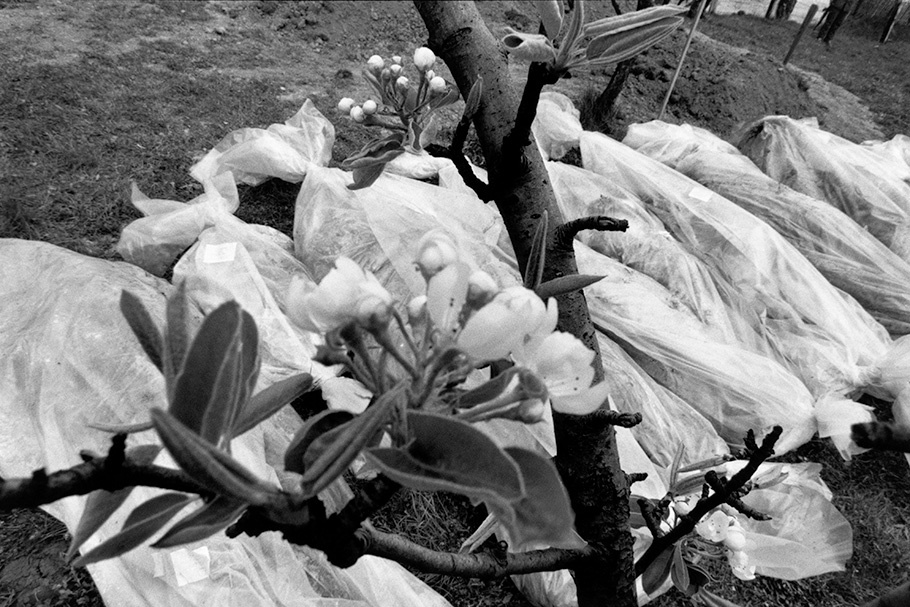
Massacre in Ahmici. 1993.
19990301-peress-mw02-collection-008
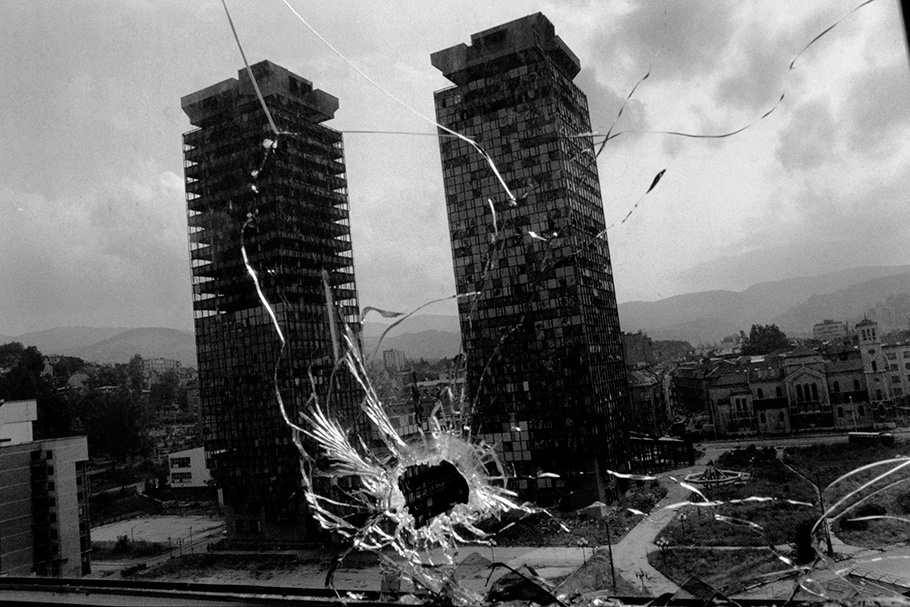
Sarajevo. 1993.
19990301-peress-mw02-collection-009
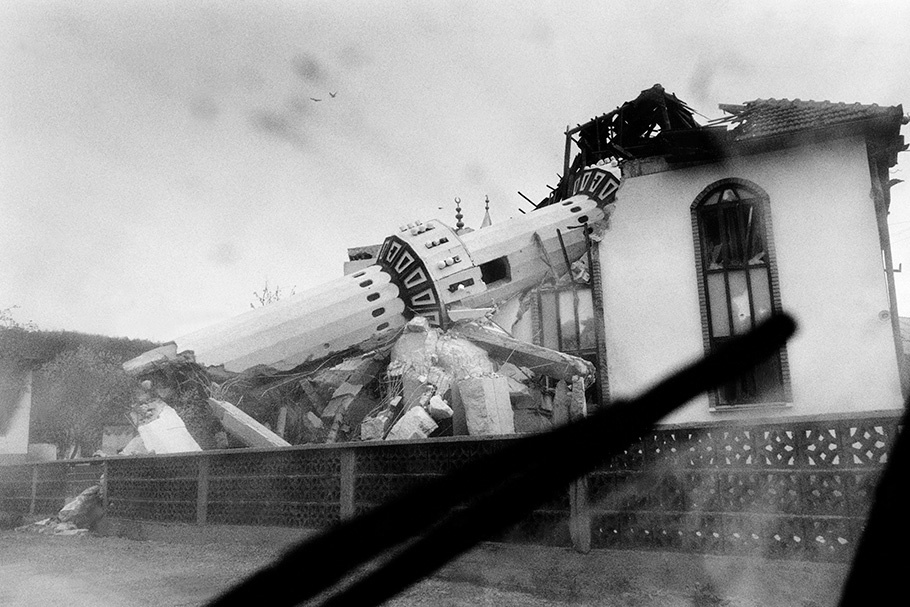
Mosque. Ahmici. 1993.
19990301-peress-mw02-collection-010
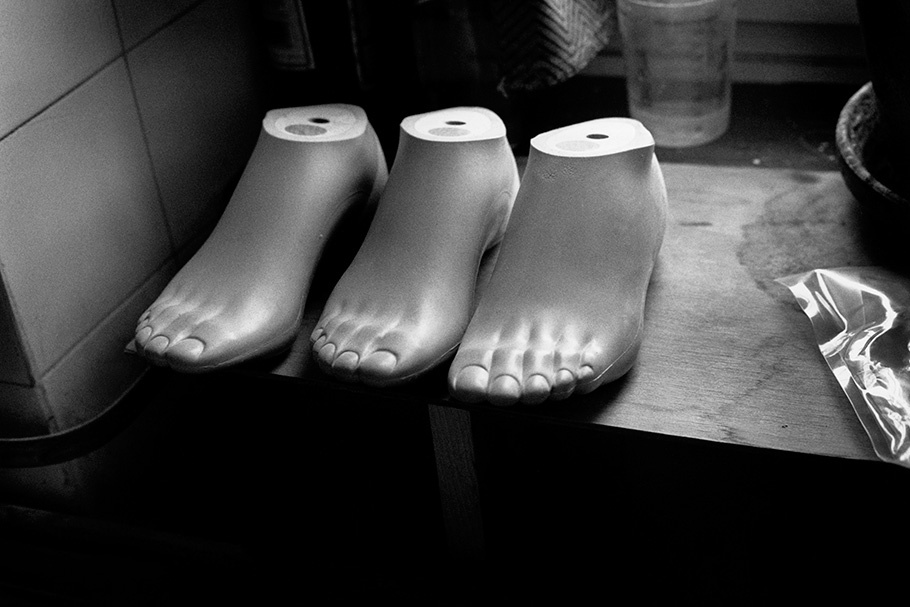
Hospital prosthetic unit. Sarajevo. 1993.
19990301-peress-mw02-collection-011
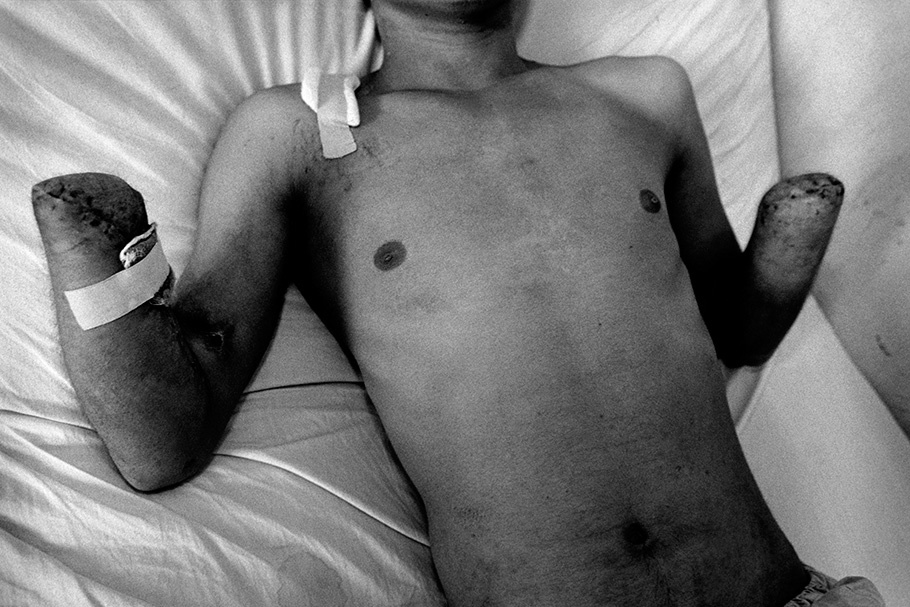
Injured man in French Hospital. Sarajevo. 1993.
19990301-peress-mw02-collection-012
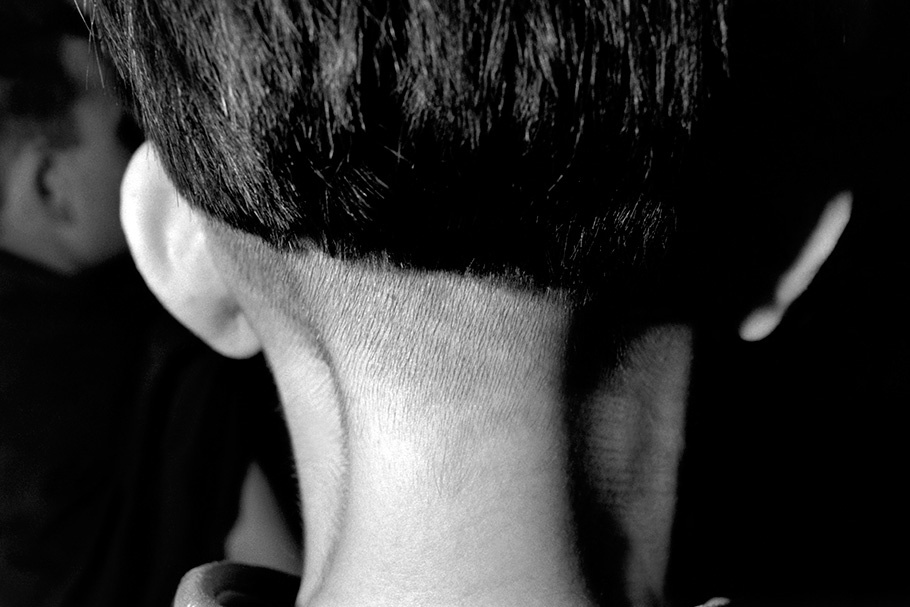
A blind orphan. Sarajevo. 1993.
19990301-peress-mw02-collection-013
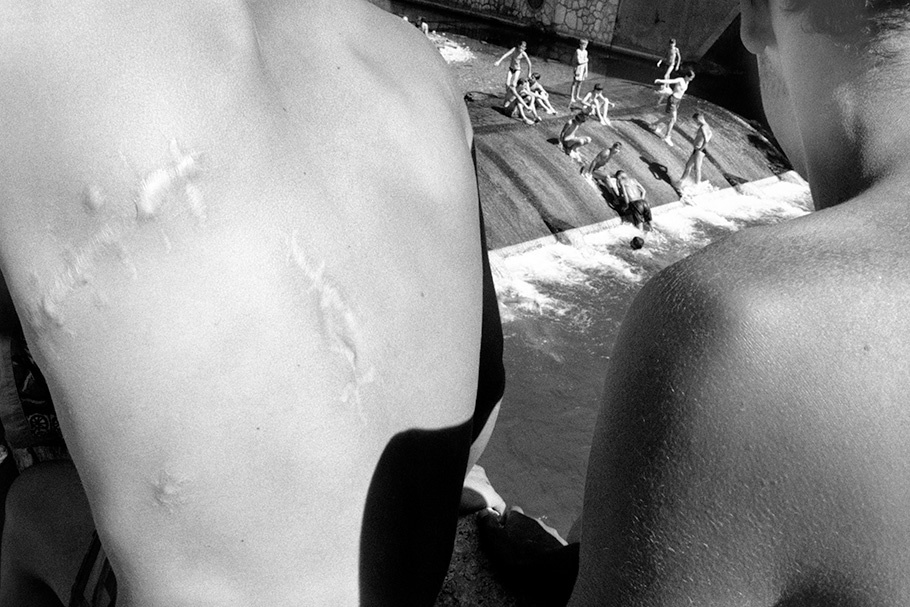
Bathers at the Miljacka River during a cease-fire. Sarajevo. 1993.
19990301-peress-mw02-collection-014
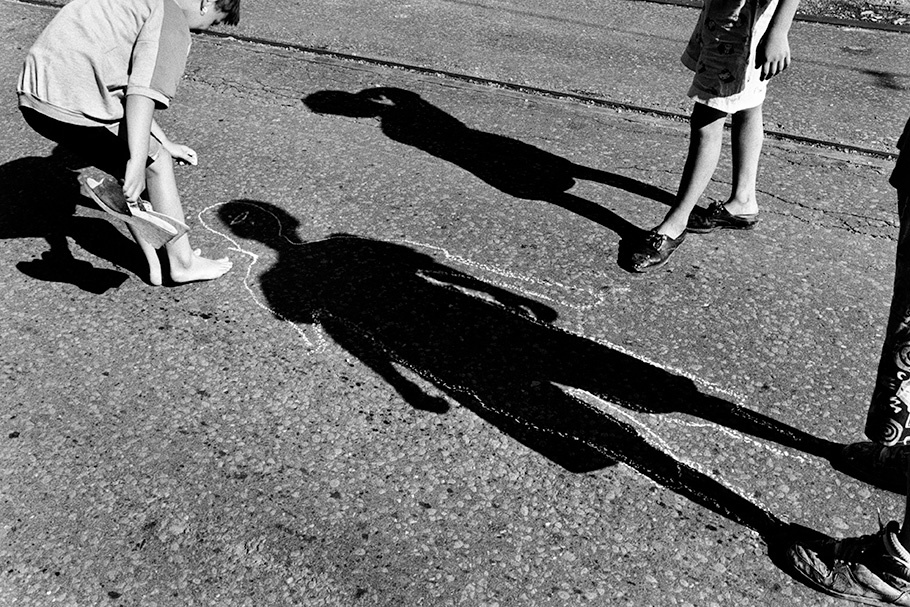
A sniper free day on the riverfront. Obala Vojvode Stepe Stepanovica, Sarajevo. 1993.
19990301-peress-mw02-collection-015
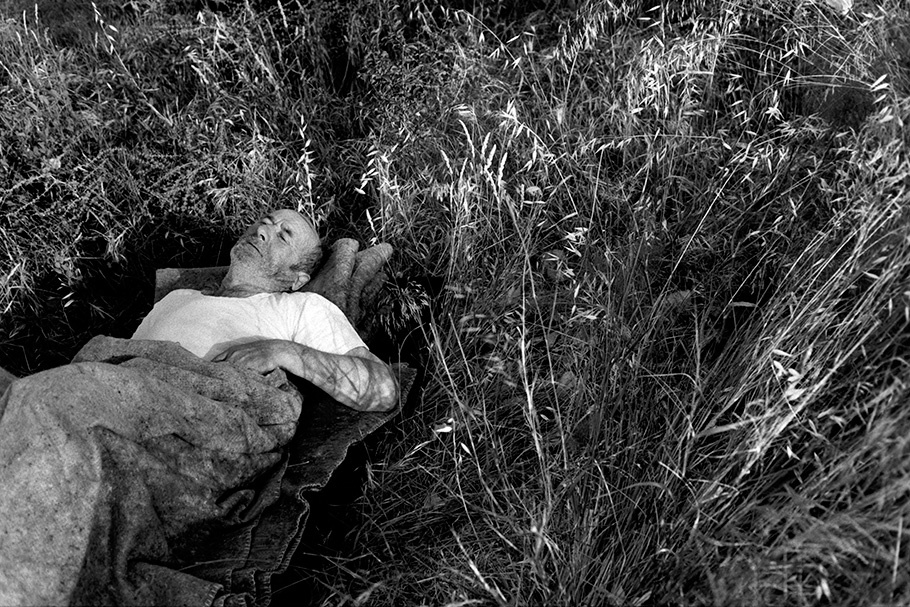
Refugee from Central Bosnia. Split. 1993.
19990301-peress-mw02-collection-016
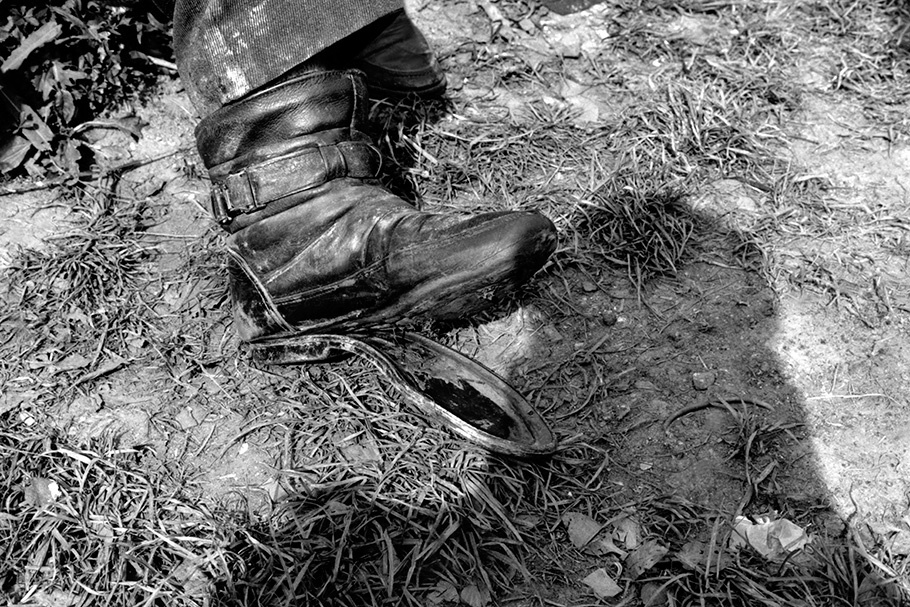
A prisoner’s boot near Vitez. 1993.
19990301-peress-mw02-collection-017
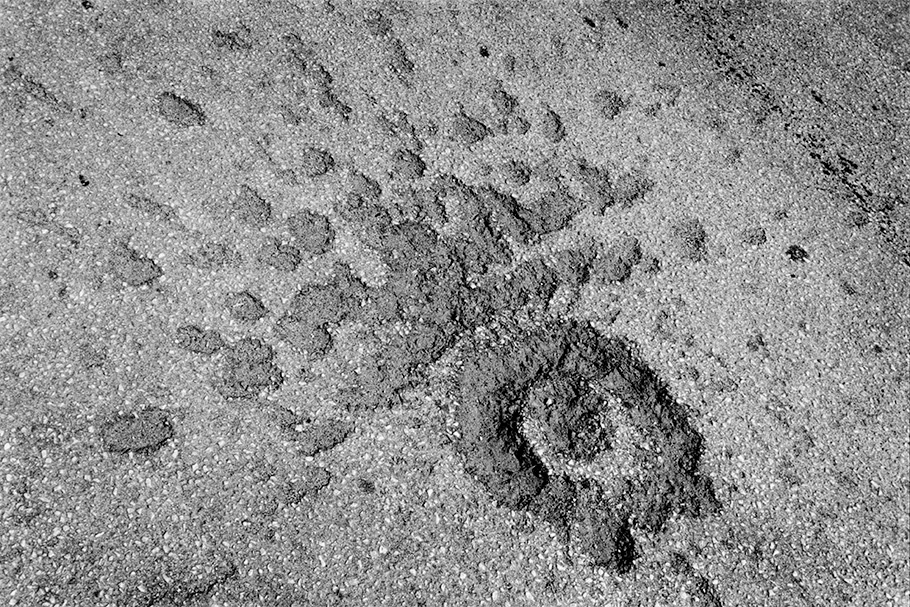
Mortar crater in Maralatita, Sarajevo. 1993.
19990301-peress-mw02-collection-018
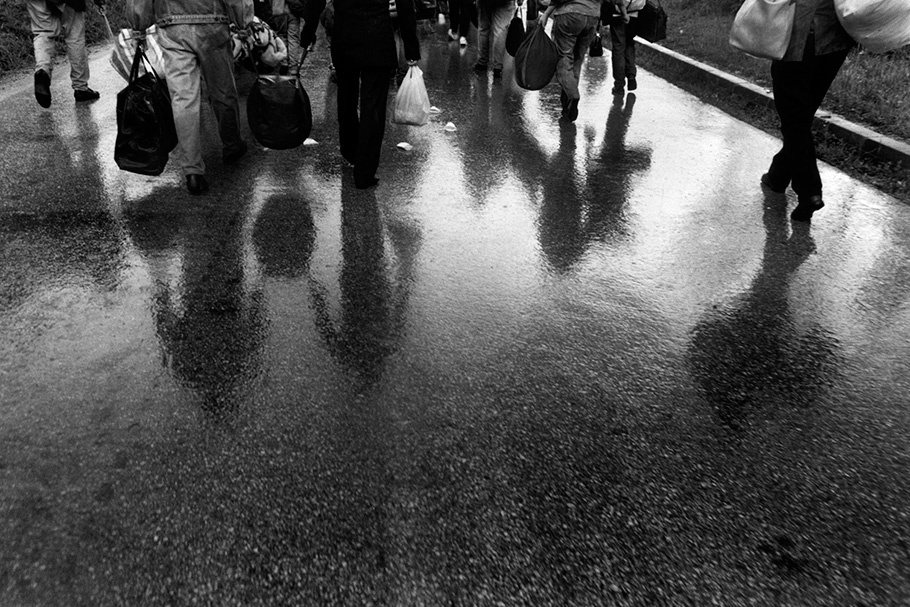
Refugees from Doboj on the road to Travnic. 1993.
19990301-peress-mw02-collection-019
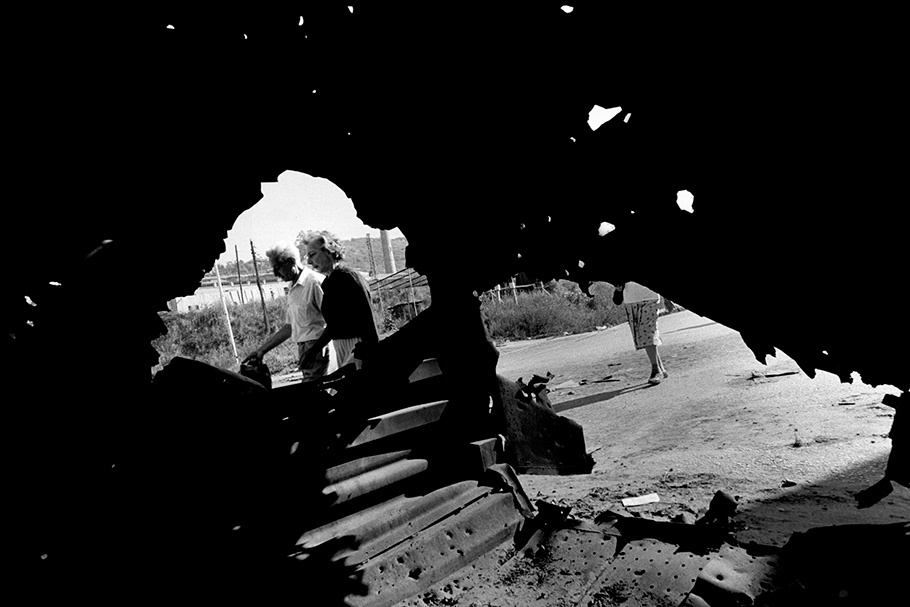
Kranjcevica, Sarajevo. 1993.
19990301-peress-mw02-collection-020
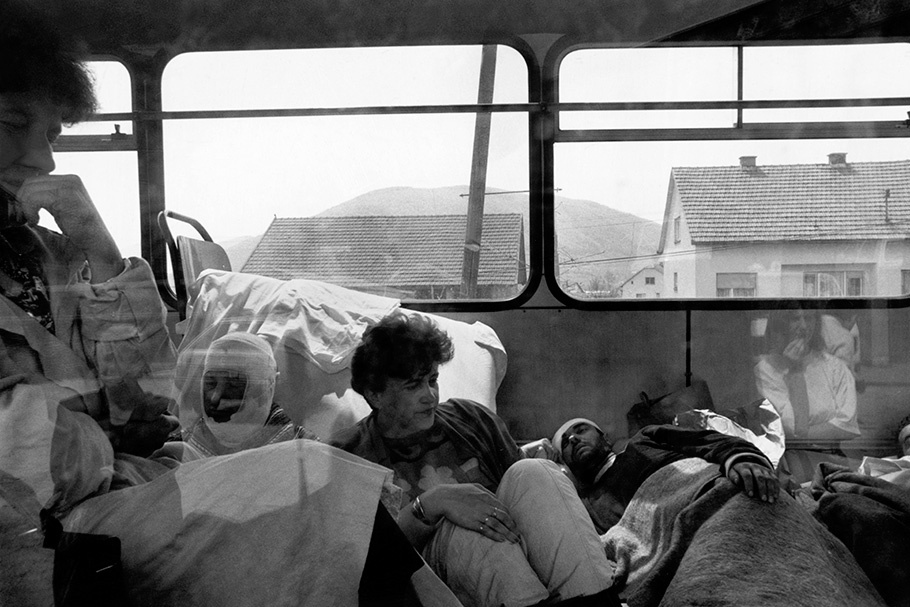
Evacuation of wounded near Vitez. 1993.
19990301-peress-mw02-collection-021
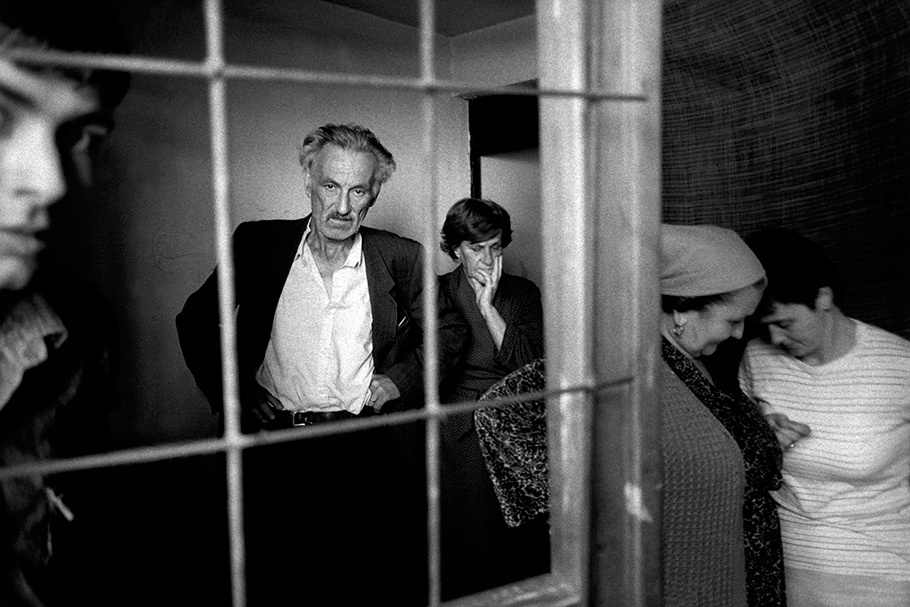
Bunker in Marsala Tita. Mostar. 1993.
19990301-peress-mw02-collection-022
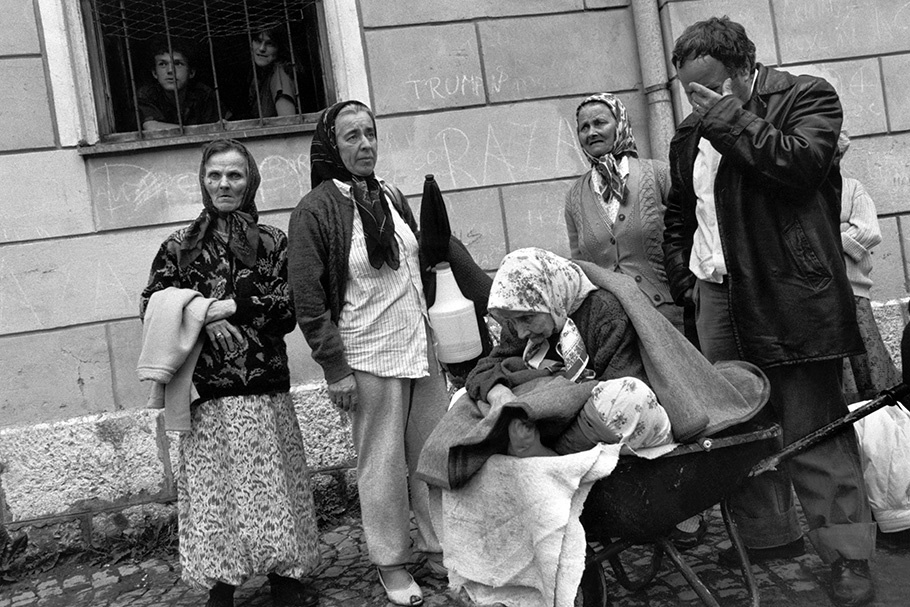
Refugees from Banja Luca. Travnic. 1993.
19990301-peress-mw02-collection-023
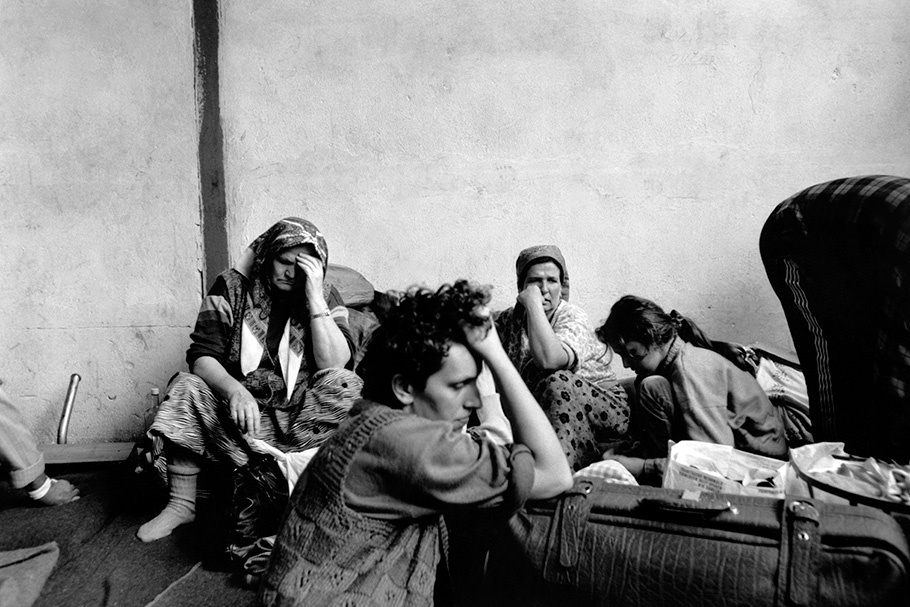
Refugees from Banja Luca. Travnic. 1993.
In 1972, Gilles Peress began documenting immigration in Europe. This work continues in his current ongoing project, Hate Thy Brother, a cycle of documentary narratives that looks at intolerance and its consequences.
His books include Haines; A Village Destroyed; The Graves: Srebrenica and Vukovar; The Silence: Rwanda; Farewell to Bosnia, and Telex Iran.
His work has been exhibited and is collected by the Museum of Modern Art, the Metropolitan Museum of Art, the Whitney Museum of American Art, PS1, all in New York; the Art Institute of Chicago; the Corcoran Gallery of Art, Washington, D.C; the San Francisco Museum of Modern Art; the Getty Museum in Los Angeles; the Walker Art Center and the Minneapolis Institute of Arts; the V&A in London; the Musée d'Art Moderne, the Picasso Museum, Parc de la Villette and Centre Georges Pompidou in Paris; the Museum Folkwang, Essen; the Sprengel Museum in Hannover, among others.
Awards and fellowships Peress has received include: the Guggenheim Fellowship , National Endowment for the Arts grants, Pollock-Krasner and New York State Council of the Arts fellowships, the W. Eugene Smith Grant for Humanistic Photography, and the International Center of Photography Infinity Award.
Portfolios of his work have appeared in the New York Times Magazine, the Sunday Times Magazine, Du magazine, Life, Stern, GEO, Paris-Match, Parkett, Aperture, and the New Yorker.
Peress joined Magnum Photos in 1971 and served three times as vice-president and twice as president of the cooperative.
Gilles Peress
Gilles Peress’ Farewell to Bosnia covers a period of almost six months during 1993, focusing primarily on the areas of Tuzla, central Bosnia, Mostar, and Sarajevo. The work was initiated by photographer François Hers, who was familiar with Peress' ongoing project about the reemerging patterns of hate and discrimination in Europe—Hate Thy Brother—and who, because of his contacts in Bosnia, felt the urgency to have visual documentation of what was happening in the Balkans. Peress set out to provide an illustrated continuum of experience and existence, but only having a small period of time, could not explain everything that was occurring in Bosnia: not the historical intricacies of the breakup, nor the weight of blood that soaked the region. In a sense then, Farewell to Bosnia is a raw take, a “non-edit,” and the straightforward presentation of the pictures—entire villages in ruins, refugees fleeing, mass graves uncovered—strikes the viewer with a force that is both quietly unnerving and forcibly brutal. “Here starts the curse of history, an illness that may not be so personal anymore. It may be a very European disease, after all, with a double-edged nature: you are damned if you remember—condemned to re-live, re-enact the images of your fathers; you are damned if you don't—condemned to repeat their hypocrisy,” Peress writes.
—Project statement reproduced, with permission, from the Magnum Photos website, March 2013